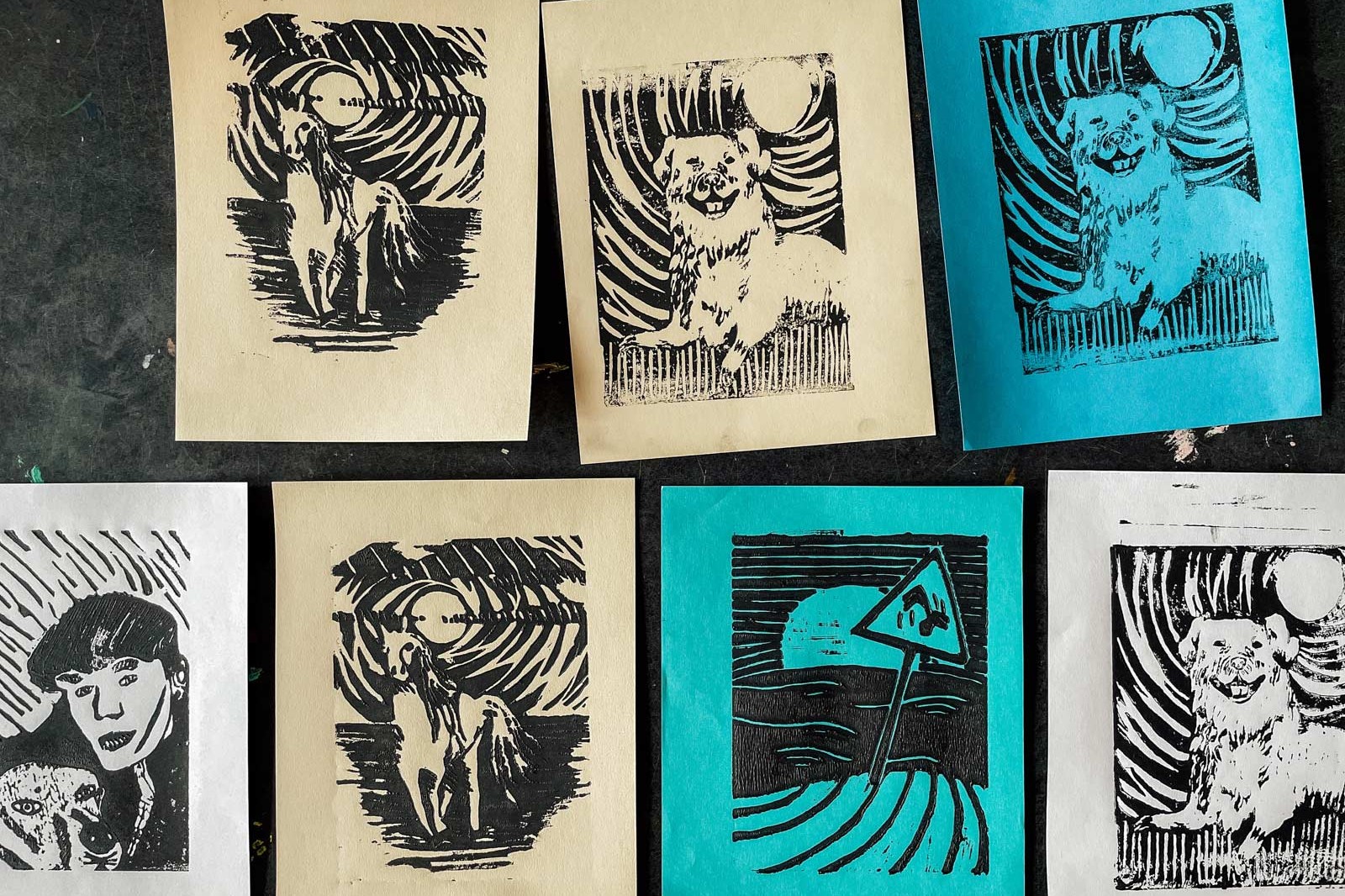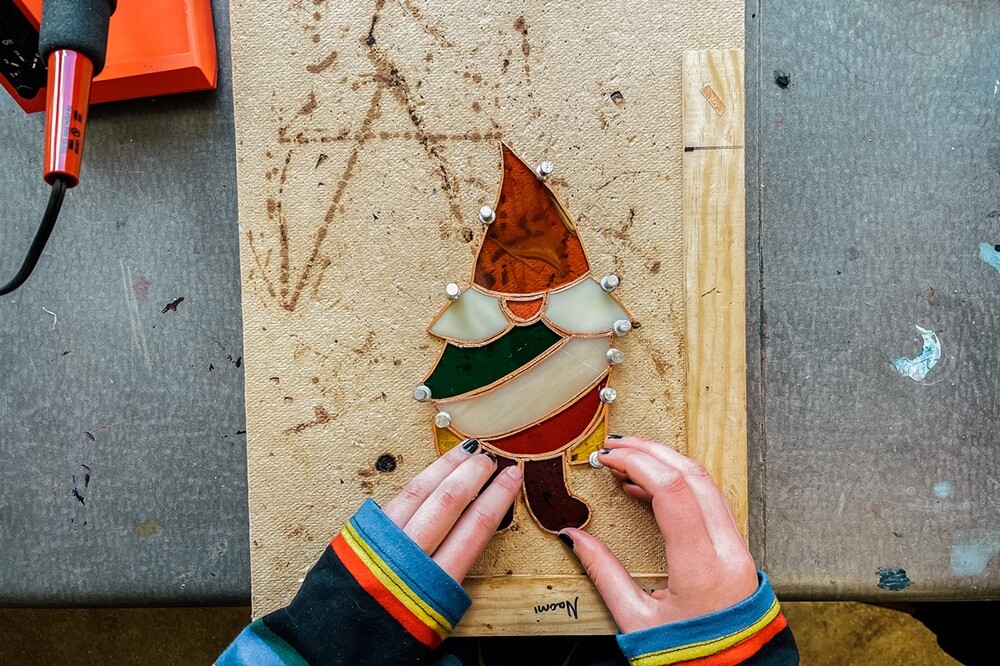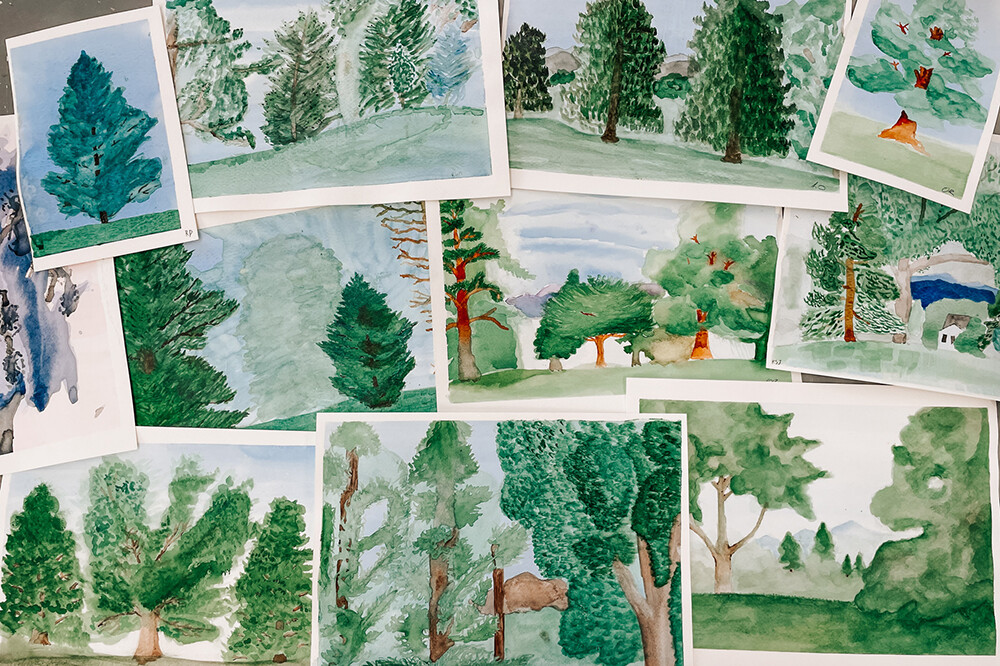Arts
The Waldorf method of education through the arts awakens imagination and creative powers to bring vitality and wholeness to learning. Students gain valuable tools to expand their understanding of the world as they connect the arts to all academic subjects.
Performing Arts
Music
Music permeates and harmonizes life in a Waldorf school through a curriculum designed to develop the innate musicality within every child. Music is taught not only for the joy it engenders, but also for its strong harmonizing and humanizing effects on students’ lives, which strengthens their will and other capacities for the future.
Instruments are part of the curriculum in all grades.
Grades 1 and 2: Pentatonic Flute & Lyra
Music is integrated through stories and pictures rather than theory and technique.
Grades 3 and 4: String Instruments
Students select the violin, viola, or cello and learn music theory, note-reading, and instrument families, often singing in rounds.
Grade 5: Winds, Brass, or Strings
Fifth graders have the option to stay with their chosen string instrument or select a new instrument from the broader options now available. Orchestral arrangements are chosen for each class based on meter, key, and melodic integrity to help students move inward from self to other.
Grades 6 to 8: A Full Orchestra
Now skilled at playing together as well as individually, students exercise their need to be heard, literally and figuratively, as they are presented with challenging and diverse rhythms that harmonize and balance the group experience.
High School
Students emerge as independent musicians able to read, engage with, and perform existing music, as well as improvising and often composing their own. They explore increasingly complex compositions and four-part harmonies.
Drama
Drama is not an “extracurricular” activity in Waldorf education, but a tool on the journey to self-awareness as students grow academically and psychologically.
Theatrical arts present the integration of thinking, feeling, and willing, a key component of Waldorf education. The material is chosen to mirror the developmental stage of the class, often tying into other academic subjects. Working on a play together is a shared experience of pride that strengthens social dynamics. However small the part, every student moves and speaks, so that everyone stays engaged.
DWS thanks the Drama Notebook Script Library for their royalty-free plays.
Grades 1 and 2
All students speak all parts in unison for a short performance.
Grades 3 to 5
Some individual lines, but a “Greek chorus” recites most of the play.
Grade 6
Plays feature mostly individual roles.
Grades 7 to 12
Continuing with individual roles, dramas and one-act plays now feature complex themes that help students understand themselves and their place in the world.
Fine Arts
As they move from childhood to adolescence, students deepen their existence through fine arts classes. Each medium and technique is taught at an appropriate stage when it can best support academic and emotional development.
We integrate the visual arts into the academic curriculum through a thoughtful organic process. Students become strong thinkers who are equally at home with artistic endeavors as with academic scholarship.
Spotlight on High School Fine Arts

Grade 9:
Printmaking, black and white drawing, acrylic painting, and technical drawing give students a sense of predictability as they begin exploring their need to push against defined boundaries.

Grade 10:
Oil painting, drawing with color, and mosaics employ materials that allow a broader range of exploration as adolescents begin considering their own boundaries.

Grade 11:
Clay sculpture, photography, and drawing further students’ questions about why the world is as it is, while the boundless unpredictability of watercolor and stained glass require students to work collaboratively with these mediums, activating their self-knowledge of expressing boundaries.

Grade 12:
Seniors use their developed technical and intrapersonal skills to see themselves in the world around them in plein air painting, life drawing, and videography. They also exert their will in stone carving and blacksmithing.
Practical and Industrial Arts
Crafts and handwork are an integral part of the required curriculum from kindergarten through high school, beginning in the early years with modeling, whether in beeswax or clay, which shapes students’ learning through the experience of creating forms with their hands.
Handwork and practical arts are integrated not simply to teach a skill, but to support every student’s unfolding as a balanced, self-confident individual. Mathematical concepts such as parallelism, mirror imaging, progression, and geometric forms are implicitly experienced through a tactile learning process.
Handwork
After learning to knit, crochet, and weave in the early grades, students continue with embroidery and cross-stitch, sock-knitting, doll-making, and felting, culminating in machine sewing as they progress to eighth grade. Over the years, students create many functional and colorful projects such as gnomes and dolls, knitted animals and balls, cases for recorders, potholders, pillows, puppets, bags, and more.
Woodworking
With the tools of woodworking, our students not only learn to shape, smooth, and polish wood, but moreover cultivate patience, perseverance, and pride in their work.
Grades 5 and 6
Students begin their woodworking journey with three projects where they learn to shape, smooth, and polish various types of wood.
Projects:
- Carver’s mallet
- Serving spoon
- Bowl or chest
Fundamental tools:
- Hand saws
- Chisels
- Gouges
- Rasps
- Files
- Sandpaper
By the end of grade 6, students will have learned more complex tools and techniques, including how to:
- Draw 3-D sketches that translate into solid wood forms
- Carve a simple bird, fish, or animal
- Practice finishing with oils, waxes, and paints
- Whittle, using a variety of knives (in some classes)
Grade 7
- Scale models and caricatures
- Introduction to basic safety and use of power tools
Grade 8
- Improve realism in animal carvings
- Create a toy or mechanism with moving parts
- Learn advanced techniques for hand tools and whittling knives
- Develop problem-solving skills in mechanical designs and woodworking techniques
Grade 9
Throughout high school, students study woodwork for about seven weeks each year based on their block rotations.
As a community service project, ninth graders build a simple four-legged stool, which they decorate at a grade-appropriate level and gift to another class. Fundamental tools they use are drills, saws, and sanders.
Grades 10 to 12
Tenth, eleventh, and twelfth grade students complete a carved sculpture of the human form—a complex project that occupies all block time during these three final years of high school.
It is intended to complement the students’ science blocks in anatomy and physiology.
Carving displays a gesture and emotion that brings artistic expression into the scientific experience of the human form.
Metalwork
Copperwork
Sophomores get to experience the malleability and stretchability of copper first-hand. They work with the processes of annealing and work hardening copper as they form and finish their desired shapes. Working with this malleable element, they use sheet copper to make useful items and learn the age-old process of repousse.
Blacksmithing
The senior class are introduced to basic forging techniques to make simple and functional tools. As they have now had the experience of working with copper understanding some about its nature and qualities. They now delve into the properties of iron and steel alloys.
Welding
This class is taught as an elective. Students are taught basic safety and instruction in Mig, Tig and stick welding. They are also introduced to plasma cutting. These methods show the tremendous potential of how metals can be both cut apart and joined together.
